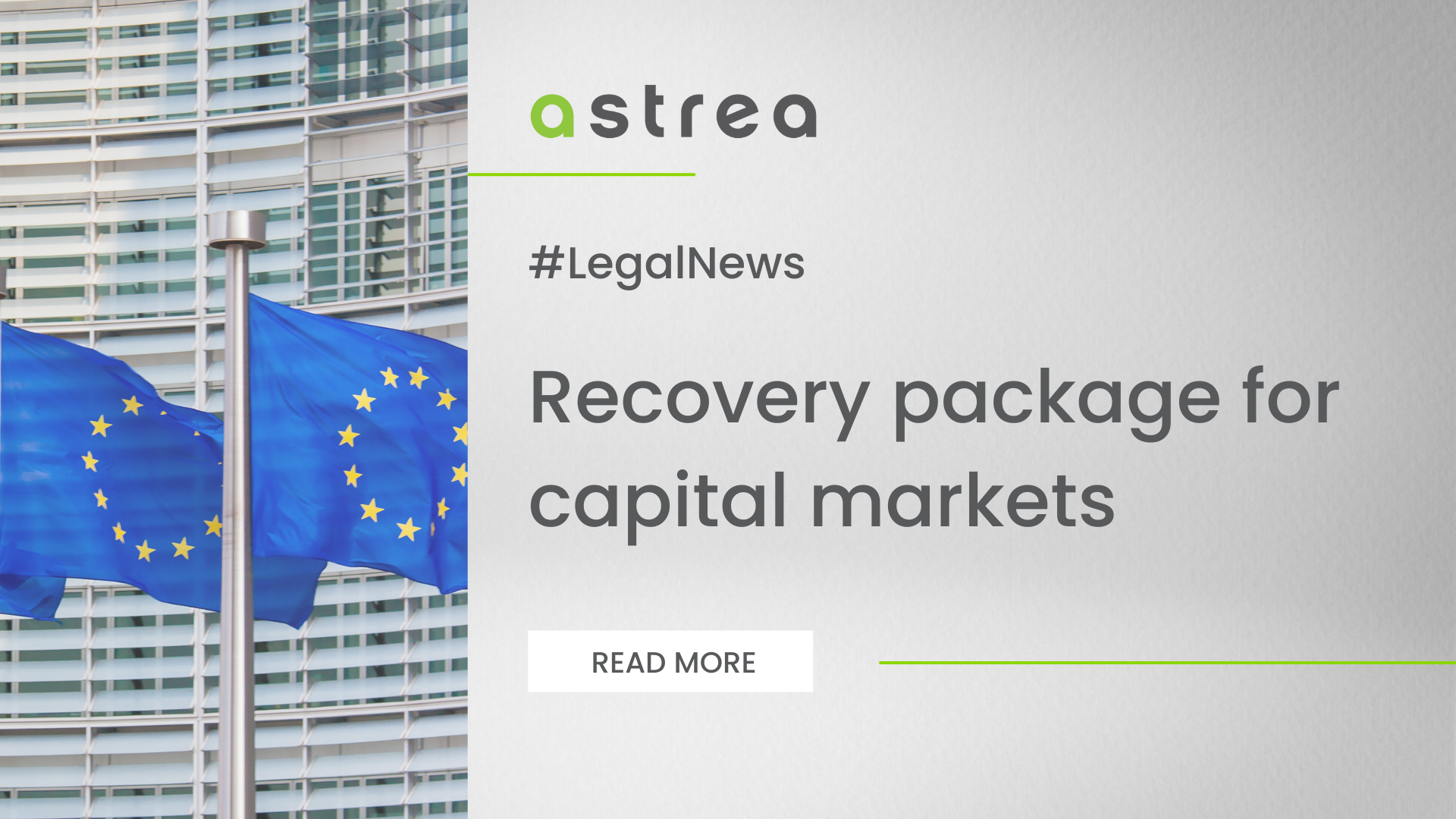NFT, the hype of the moment. However, NFTs are not that new. Already in 2015, the first tradable NFT was developed as part of the so-called Etheria project. The Etheria project proposed an artwork of 33 by 33 tiles, with each tile sold separately.
The world was clearly not ready for NFTs at that moment and the Etheria project remained largely unsold.
In 2017, a new attempt was made to put NFTs on the map. Several new NFT projects were launched, including Cryptopunks, Mooncatrescue and Cryptokitties. The latter became the first successful – yet unknown to the general public – NFT project, a game centered around collectible cat creatures- a bit like Pokémon figures- each of which a one-of–a kind which can be owned by the game players.
The real success of NFTs, however, did not occur until 2021. In the course of 2021 the awareness of NFTs among the general public grew, and with it their value skyrocketed. This sudden success was mainly caused by the creation and sale of NFT projects such as Beepl ‘s artwork “Everyday” (sold for $69 million at Christie’s), Fewocious’ “hello I’m Victor (FEWOCiOUS) and This Is My Life” (a story told through five NFT’s about gender transition sold for $2.16 million, also at Christie’s ) Cryptopunks (a collection of some 10.000 unique digital punk characters sold for prices up to $10 million), Bored Ape Yacht Club (sold for an average price of $327.000), The merge (sold for $91.8), the NFT of the first tweet (sold for over $2.9 million).
Due to the success of these new projects, the older projects also found their way to the general public. This resulted for example in the fact that all the tiles of the Etheria project were finally sold.
Meanwhile, NFTs are widely used in different branches. A sports fan can buy an NFT of the highlights of NBA games, the greatest victories of Wout Van Aert or the best goals of Club Brugge. A music lover can buy a Kings of Leon album, the master recording rights of the new Vérité single or the full length video of the Don Diablo concert as an NFT. Fashion lovers can indulge in the NFTs of virtual fashion shows/exhibitions, digital sneakers or the hidden NFTs in the Louis Vuitton’s ‘Louis : The Game’ released for its 200th anniversary or in the Burburry multiplayer game featuring toys known as Blankos. But also the car industry, food industry, diamond industry, … are taking their first steps into the world of NFT.
WHAT ARE NFTs? AND WHICH LEGAL ISSUES DO COME WITH THEM?
Many legal questions have risen with regards to new technologies in general, to block chain technology and in particular NFTs among other questions related to Intellectual Property.
In order to understand the legal implications related to NFTs it is important to firstly understand what they are. We will therefore briefly shed light on what exactly NFTs are before addressing the legal implications of NFTs in more detail.
– What are NFTs?
NFT means “Non Fungible Token”.
When something is fungible, it means that it is not unique and can easily be exchanged one on one. Money for example is fungible. All 5 EUR bills have the same value and cannot be distinguished. A 5 EUR bill can therefore perfectly be changed for another 5 EUR bill and have exactly the same value.
When something is non-fungible, it means that it is unique and cannot easily be exchanged one on one. Each asset is distinctly identifiable and has its own value. Collectors’ items, like one of a kind trading cards, are non fungible. Each card is unique and completely different.
NFTs are “digital assets” and, like cryptocurrencies (e.g. Bitcoin), they are linked to the blockchain, where the token on the blockchain represents a unique value. The main difference between NFTs and cryptocurrencies is that, unlike cryptocurrencies, NFTs are not interchangeable. Cryptocurrency is fungible and like all (bit)coins have the same value and are indistinguishable from each other. Each NFT on the other hand is unique and non-fungible.
Any (art)work can be tokenized (by a minter) to create a digital and public certificate, a proof of ownership, i.o.w. an NFT that only exists in the digital space encrypted in a blockchain. The NFT can be bought and sold and its importance lies within the proof of ownership.
– NFTs and intellectual property rights
As already mentioned, with the increasing popularity of the NFTs, comes an increasing number of questions related to intellectual property rights related to these NFTs.
In this article we will only focus on some of the copyright and trademark issues.
* Copyright
It is a common misconception that with buying an NFT, the copyrights in the digital (art)work are acquired. A distinction must be made between the ownership of an NFT, which is a unique token, and the ownership of the content to which that NFT is linked.
NFTs indeed are merely digital authenticity records of ownership whose metadata links to digital content or the “true version of the relevant work” that is available online (elsewhere). In other words, an NFT is just the “proof of ownership”.
To make the purchase of an NFT tangible, it is probably best compared to the purchase of a physical work of art. When a physical work of art is purchased , it is the work of art which is purchased , eventually together with the proof of ownership. However, by buying the aforementioned work of art you do not acquire the right to reproduce, adapt, copy, .. the relevant work. In other words, it is the work which is bought not the copyright to the work. The copyright remains with the original author unless the rights are contractually transferred to the buyer.
This principle also applies to the purchase of an NFT. By purchasing an NFT, one merely acquires a proof of ownership of an underlying digital work, but not (automatically) the copyright to the digital work. The copyrights in the digital work remain with the original author, unless they are attached to the NFT via a smart contract. As in the physical world, it is only the person who holds the copyright who has the right, to reproduce, copy, … the relevant work.
In an ideal world, the person who holds the copyright to a particular work is also the one who created the NFT for that specific work. Unfortunately, this does not always appear to be the case. Anyone is able to mint an NFT of a work, even if he or she does not own any right on the specific work. Such unauthorized minting obviously constitutes an infringement of the copyrights of the copyright owner of the work.
The act of minting of an NFT by someone who is not the holder of the copyrights in the underlying digital work is especially problematic due to the anonymity features of the block chain, which make it difficult to verify who is the rightful creator or owner of copyrights in the underlying work of the NFT.
Moreover NFTs often are proof of ownership of a digital work which is in its turn is a reproduction of a work through digitalization, also maybe without consent. In the event the author and owner of the copyrights in the original work has not authorized digitalization, there is a chain of infringement acts possible.
In theory, three scenarios can be distinguished in connection with the copyrights of the relevant works:
1. The minter of the NFT is also the holder of the copyrights of the respective work or has received the permission from the copyright holder to do so. In this scenario there is no issue from a copyright perspective.
2. An NFT is minted on a work of which the copyright has expired and fallen into the public domain. A copyright is valid up to 70 years after the death of the author. In other words, after that time, a work will be in the “public domain”, where – in theory – everybody is allowed to make a copy of the work. However, if initially the work is a physical work there may still be a copyright on a digital reproduction of the work. This is an important nuance as an NFT will always be minted with respect to a digital work or a digital reproduction. An NFT is only a proof of ownership with regards to a digital object.
3. In the context of copyright, the biggest issue is when the minter of the NFT does not own any copyrights, has not received permission from the copyright holder and the work has not fallen in the public domain. At first instance, one might believe that from the point of view of copyright law, this type of minting is a very clear copyright infringement, but it is not that simple. Indeed, the NFT is neither the (original) work nor a copy of the work, it is merely a tokenized version of the (digital) work and there is thus no unauthorized reproduction, copy, …sale.
However, there will be a clear copyright infringement if:
o the process of minting and selling the NFT involves making a copy of the underlying digital work or if an image is used as an illustration of the NFT without the essential consent of the copyright holder;
o if the minter of the NFT first creates a digital file of an analogue copyrighted work without the necessary permission;
o if the metadata would not contain the correct information about the creator of the work (violation of the moral rights of the author).
Without express copyrights being transferred or licensed to the buyer of an NFT, the latter acquires an implied non-exclusive license to display the work in its electronic wallet solely for personal use, nothing else, and certainly no commercial exploitation of the asset.
An example often referred to in order to illustrate what is allowed / not allowed is that related to the NFT for a video of a slam-dunk by the celebrity US basketball player James LeBron. Acquiring one of the rare NBA NFTs does not provide any permission regarding the use of the video itself or any merchandise relating to the video, without the NBA’s prior consent.
* Trademarks
The question regarding trademarks in the context of the metaverse and NFTs has suddenly been triggered by the lawsuit filed by Hermes against the individual behind the collection of 100 MetaBirkins NFTs.
The questions that come up in this regard are i) are trademarks also protected against the use thereof in the metaverse and ii) can NFTs be protected under trademark law.
– Protection of the trademark
A registered trademark gives the holder of the relevant trademark and/or its assignee the exclusive right to use the trade mark for the specific goods and/or services for which the sign is registered, to license the trademark, to prohibit third parties from using an identical or similar sign for similar or identical goods and/or services within the relevant territory and to react against the unlawful use by a third party of an identical or similar sign for identical and/or similar goods and/or services within the relevant territory. A special case are the well-known trademarks, which also enjoy protection against the use of the trademark for non-identical or similar goods and/or services.
If the holder of the trademark has also registered the trademark for classes linked to the metaverse, to digital art, digital tokens or collectibles or digital platforms for tokens and if the holder’s trademark is misused for an NFT, the holder of the trademark can obviously react against the latter illegal use of its trademark. This is a pure trademark infringement.
However, given the fairly new nature of the metaverse, (relevant) digital art and the NFTs, many businesses have not yet registered their signs for classes associated with the metaverse, digital art and/or NFTs . The question that logically arises is to what extent trademark owners have the possibility to react against the (illegal) use of an identical and/or similar sign in the metaverse if they have not registered it for those specific goods and/or services. It could be argued that a strict interpretation of trademark law is also applicable in such a case. However, it will be interesting to find out how the first case law will rule on this issue.
For well-known trademarks however, there should not be a real problem in this respect. After all, holders of well-known trademarks can take action against similar signs for both similar goods and/or services and for non-similar goods and/or services. If the public could possibly consider that the NFT originates from the well-known trademark holder’s business or, for example, that it originates from a cooperation with the well-known trademark holder’s business, the holder of the well-known trademark can take action against it. On this basis, it could be argued that a well- known trademark is indeed protected in the metaverse as long as the trademark is used in relation with an NFT (in the digital asset, in the name of the NFT,…)
The protection of a trademark is as important in the online as in the offline world. Therefore, in order to protect their trademark, trademark owners should on the one hand file for trademark protection for the signs or words used for their NFTs and on the other hand react to unauthorized use of their trademark in the metaverse. The first trademark litigation procedures have been initiated as from last year.
o Hermes sued the creator of the Metabirkin NFTs, Maso Rotschild, as well as the platform on which the NFT’s were sold, OpenSea. The NFTs refer to images of the famous Hermes Birkin bags in a fur coat. Hermes’s claim against Rotschild refers to the trademark infringement of ripping of the Hermes trademark BIRKIN notwithstanding the ‘Meta’ prefix. The use of a disclaimer, meant to claim no confusion was possible with Hermes’s trademark, made it, according to Hermes, worse as Hermes’s trademark was used over 3 times in the disclaimer and reference was made to Hermes’s website. Finally, Hermes said, also the use of hashtags added to the trademark infringement.
o Nike sued StockX , an online reselling platform, over “unauthorized” shoe NFTs “ and related trademark infringement and dilution and unfair competition, for marketing NFT’s which consumers may believe to be offered with Nike’s permission , creating false associations, and thus depriving Nike of its exclusive rights to commercializing its own trademarks through NFTs. Nike is bringing this claim on the basis of its existing trademarks for physical shoes as well as its trademarks for virtual shoes.
At the moment, it is just a matter of waiting to see how both cases will be judged and what position the courts will take. This will most likely have a big effect on any future court cases relating to this matter(s).
– Protection of an NFT as a trademark
Any sign capable of distinguishing the goods or services of one company from those of other companies may constitute a trademark. Although the NFT itself cannot be registered as a trademark as it is a blockchain-based token with a unique ID as an URL linked to a specific asset. The logos and signs associated with it on the other hand will be susceptible to registration as trademarks. For instance, the minters of the “Bored Ape Yacht Club” – a collection of 1000 avatar ape NFTs – have had their trademarks registered with the USPTO. And also the beauty brand “ELF cosmetics” decided to register the name Ne l.f.t.s as a trademark with the USPTO. In addition, major companies (such as VISA, Adidas, Pizza Hut, etc.) are also showing interest in having their own trademarks minted in order to gain a foothold in the metaverse.
CONCLUSION
The high-speed further (r)evolution of the digital environment and of the metaverse including bringing NFTs in our daily life’s illustrates once again that our legislation is not adapted to such rapid (digital) (r)evolutions. Our present legislation doesn’t mention the metaverse nor NFTs. How will intellectual property rights be implemented and used to combat intellectual property misuse and infringement?
It remains today, as during any such kind of (r)evolution, largely a matter of waiting for legal rulings by our courts to give direction.
Given the increasing interest and opportunities related to the metaverse and NFTs, we will not have to wait long before legal claims arise as well in the field of Intellectual property – where the first lawsuits are already pending – as with regards to other legal aspects such as money laundering, taxation, contract law, etc.
As for all owners of intellectual property rights , in whichever sector, is it advisable to take a look at their portfolio and consider taking all necessary steps to adapt their ownership to the metaverse business opportunities or at least to protect their own business from third party misuse.
9 February 2022
Christine De Keersmaeker & Thaissa Nuyens & Yuki Choy
IP@astrealaw.be












